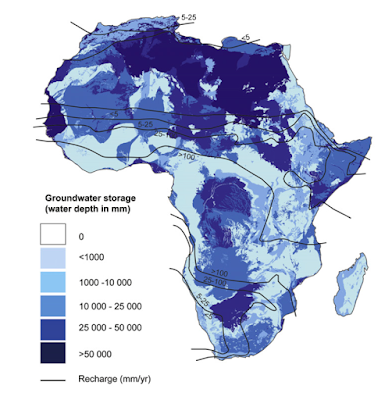Large Scale Irrigation: 'Help' from the Oppressor?
Last week I focused on the traditional small-scale irrigation methods used by farmers. This week my blog will seek to explore how larger-scale methods have been adopted (perhaps not as successfully as first thought). Sub-Saharan Africa is heavily reliant on agriculture. It is an important employer, providing jobs to 60% of its residents and accounting for a total of 23% of the region's GDP. Africa is unique in the sense that over 90% of its food production is dependent on rainfall. This means that droughts here are likely to result in famines. As climate change becomes more extreme, the frequency and magnitude of such droughts in the tropics increases. Because of this, many NGOs and Western development agencies have pushed for the construction of large-scale irrigation techniques in a trend known as the 'New Green Revolution' The World Bank is one agency that has promoted this via neo-colonialist policies that tried to influence African development following independence
